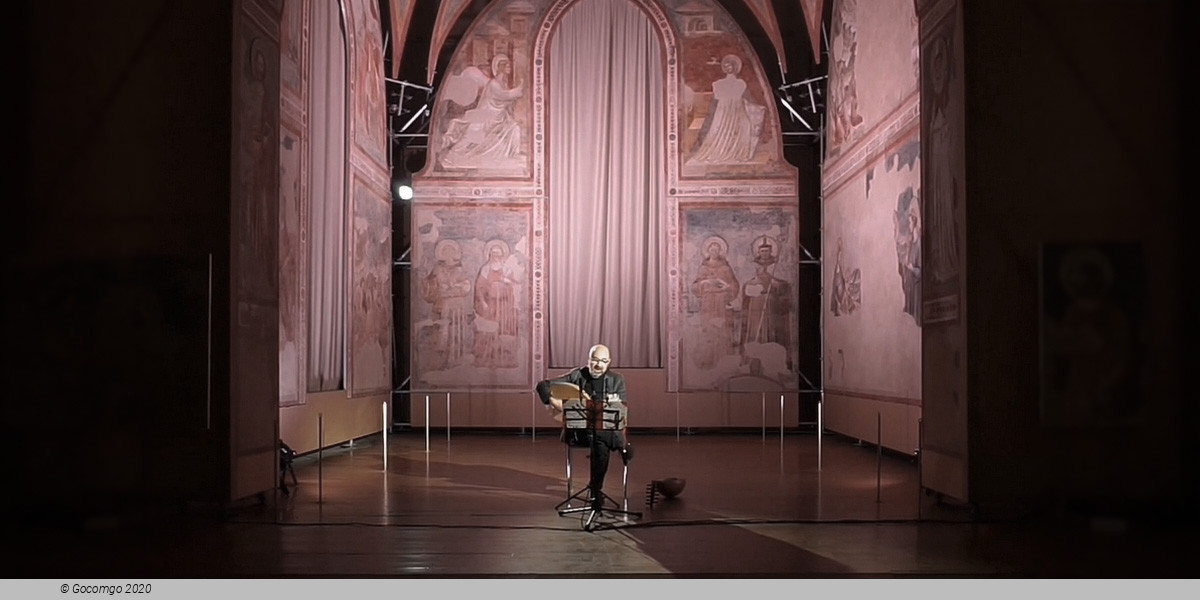Refettorio Museo Nazionale (Ravenna, Italy)
Refettorio Museo Nazionale

The Benedictine monks arrived in San Vitale around the tenth century; between the end of the fifteenth and eighteenth they expanded the complex, using workers from Milan, Padua and Venice.
The first cloister was built during the Renaissance period, followed in 1562 by the “Novo Chiostro” (new cloister), designed by Andrea da Valle; then the third, or “chiostro dell’orto” (garden cloister) was completed. At the end of the eighteenth century, however, the French arrived and, with the suppression of the monastic orders officially decreed by Napoleon Bonaparte in 1805, the monastery around the church was transformed into military barracks. Between 1913 and 1914, on the threshold of World War I, the Byzantine Museum, changed into “National” (which was located at Classense Library), was transferred into those buildings. Therefore places where the Benedictine monks had led their lives of study, prayer, and work, became the ideal “containers” for antique art collections and archaeological relics. The entire Museum preserves lapidary collections, bronze items and plates, transennas, fabrics, ivories, ceramics, an antique weapons room, the sinopia room, and icons. In the entire complex the most valuable room is the Refectory; the fourteenth-century frescoes that once decorated the Church of Saint Clare (now Rasi theatre) are preserved inside it. As of 1956 the rib vaults of the ancient religious place were on exhibit, followed by the placing of the frescoes on the walls. The painted surfaces were applied to a support consisting of two calico cloths, reinforced by two hemp cloths, stretched out on aluminium frames. The frescoes are attributed to Pietro da Rimini and his school, whose style was influenced by Giotto’s work. Upon entering, the visitor is immediately captivated by such an elegant beauty. Music completes the astonishment: the prestigious refectory has hosted the Festival since 1991. In fact, for years the Accademia Bizantina ensemble has chosen this place for their Sunday concerts.


